
You’re sick of people spending all that time on your site, filling up their shopping cart with your awesome products, and then just skipping out on you.
You’re sick of it.
You’ve searched online, looked at all the posts on why online shopping carts are abandoned, but still it happens.
Are you to just confine yourself to a 20% or 40% conversion rate?
Will you always lose 60% to 80% of your customers at that final handshake?
Is closing the deal something that will always be fleeting, never a reality?
Stop thinking like this!
Baymard Institute took a look at shopping cart abandonment rates in a post last year. It lists some big companies having issues with this and it goes back to 2006.
For instance, IBM has had a 68% shopping cart abandonment rate so far this year. In 2014 the rate was 67%.
Clearly if a big company like IBM is having problems then it’s a problem we need to address.
The good news is that websites large and small are overcoming shopping cart abandonment and they’re doing so in a variety of ways each and everyday.
Let’s discuss some of the ways they do this, point out some of the success stories, and show you how you can overcome this hurdle.
You’re sick of your shopping cart situation.
Don’t worry, it’s about to get a whole lot better.
#1 People Abandon Carts Because They’re Comparison Shopping
We’ve all done this – you see an item you like, take it through to the last point in the checkout process, and then close that window out on your browser.
Why do we do this?
Simple – we wanted to get an idea of the total cost so we could compare that to other retailers.
People love to comparison shop online. We got a good sense of that in June when Shopzilla’s parent company acquired PriceGrabber.
Not sure what those sites are?
PriceGrabber was getting 1.35 million unique visitors in May and Shopzilla was getting 774,000.
The largest comparison shopping site “in terms of traffic,” Don Davis, editor of Internet Retailer tells us, is NexTag, which had 1.53 million unique visitors that month.
Perhaps visitors see your site. They check out what you’re selling, look at the final cost with shipping, and then close out to go to a bit site like that.
According to Khalid Saleh over on Marketing Profs, “37% of shopping cart abandoners were just browsing anyway.”
If they don’t come back chances are good they found a better deal. Now your task is to figure out how you can have the best deal so you get that shopper back.
After all, if they realize you have the best price, you’ll get that sale.
How can you do that? Focus on that question a lot this quarter – how can you get that customer back when the go comparison shopping elsewhere?
Honestly, though – many people are just looking. And to be even more honest, is shopping cart abandonment a problem or just part of your sales funnel?
I’ve got new, folks – shopping cart abandonment is part of your sales funnel. It’s a way for people to determine what the actual price is going to be.
Still, this doesn’t make it any easier when they abandon you. How can you get that sales funnel working so that actual price doesn’t scare the customer away, but brings them back to your site in the end?
Khalid Saleh offers quite a few tips to get over this, though most are about the same as what everyone else says.
Being transparent about pricing and fees, making your shopping cart easy to access, and showing off return policies…these are all things that could help you.
#2 Your Online Check Out Process is a Drag
But when you force a customer to go through multiple screens during the online checkout process, your chances of getting that final sale go down significantly.
Why is this?
It’s a great question, but hard to answer. One way to do it is by studying analytics so you know where in your sales funnel people lost interest. One group that loses interest a lot are young people, or millenials.
According to a July post by Hi Conversion, Millennials are one of the worst for shopping cart abandonment. In the post these are the reasons for that:
- Shipping costs;
- Pricing;
- Lack of product information;
- Insufficient funds.
Despite this, we know that Millennials do more online shopping than just about anyone. What’s more, they do that on mobile.
While 40% of shoppers use their mobile device to shop online, 60% of Millennials do.
The only answer that Hi Conversion has is to buy their analytics software so you can better study what happened.
To their mind, most shopping cart abandonment occurs somewhere in your sales funnel. There’s a leak somewhere, and the customers are flowing right out of it. Can you identify that and fix it?
It’s worth a look, and analytics software to study your sales funnel is a good idea.
#3 Your Shipping Options Suck
Now that I’m on the shipping page of your checkout, however, I see that it’ll be $17.98.
No thanks, I’ll find someone else.
There’s a reason so many people leave your shopping cart when they get to the shipping section – it’s too expensive!
In 2014 BI Intelligence Systems, through UPS, put out a report that gave us some hard numbers on shopping cart abandonment.
In that report, 58% of respondents say that shipping costs drove up their purchase price so much that they abandoned the sale altogether.
Maybe it’s best to blame Amazon. After all, the online retail giant offers free shipping on orders over $35 and free shipping to anyone in their Kindle Prime program.
How can you compete with that?
You do that with your products, and you had that sale. The problem is that a third-party is costing you that sale.
What can be done about this?
Again, look at your sales funnel. Right now you have the price that person wanted, but your shipping is killing you. Obviously that’s a concern.
Is it the only concern? I hear this “shipping prices suck” thing a lot. If it’s so bad, however, why are others buying the products?
If you have zero sales for that particular product then you might very well have a shipping problem.
If, however, sales are just slow or sluggish – but they do exist – then perhaps the issue is not the shopping cart at all but the sales funnel again.
Why are some people buying while others are not? Here is where your email list can come into play. Why not send out a short survey – please 1 to 2 pages with big text and lots of white space – to gauge what customers think?
How about offering some kind of discount if people fill out that questionnaire?
These are options, but they only get to the people that already bought the product.
Maybe looking at the competition will help. I personally look at a lot of reviews on Amazon, both for products I might buy and for products that are competing with mine.
You can learn a lot from customer reviews, both in why they bought something and why they didn’t buy the other guy. What’s so great about Amazon is that the “other guy” is listed right there on the page in the “Also Bought” section.
It’s true that your shopping cart abandonment could be caused by high shipping costs – it’s likely that some customers are going because of that, and you probably can’t get them back.
But what about the others? Start figuring that out – I bet you’ll be surprised at what you can do to change this, and in a way that doesn’t have you groveling to the shipping companies.
#4 Your Site Doesn’t Feel Secure
Nothing is going to kill a sale faster than a lack of trust. More and more, that lack of trust is coming about because of security issues.
Forbes reported in January that lists numerous companies and the data breaches they experienced in 2014.
Some of the highlights, if you want to call them that, include:
- Michaels: 2.6 million customer accounts hacked
- Target: 40 million customer accounts hacked
- Home Depot: 56 million customer accounts hacked
- JP Morgan Chase: 83 million customer accounts hacked
Wow, those are some big numbers, but guess what? They were all brick and mortar stores that saw those thefts.
And do you know what? It doesn’t matter.
It doesn’t matter if these credit card thefts happen in a physical setting or online. People are wary, and if your site seems at all sketchy they will abandon that cart.
We’re living in hyper-vigilant times where security is a top concern. Even something as simple as adding a PayPal logo to your site can assure customers, helping them get to that shopping cart.
Most online shoppers have seen a PayPal transaction screen by now, so that option is a good one. It’s not the only one, however, and here are some other ideas that may help.
According to the BI Intelligence Systems just 28% of people will abandon a shopping cart if their preferred payment method isn’t offered.
Can you offer more payment options? Even a Visa/Mastercard option – or more – could increase sales.
Some great tips on what to do about shopping cart abandonment can be found on Business 2 Community. According to them, “only 8% of retailers proactively offered a click-to-chat box on their site.”
I’m not a big fan of those, but when you’re going through a bit hassle in the sales process, maybe it’s good to have.
I’m not sure it’d help those businesses anyways. B2C always tells us that 73% of businesses “failed to contact the customer in any way after the cart was abandoned.”
Is it any wonder that just 3% of online shoppers make it through the checkout process to buy something?
The tips that the site offers are after you experience shopping cart abandonment are:
- Send a Follow-Up Email;
- Reach Out and Tweet Someone;
- This Above All Else: Be Proactive.
It’s all about showing your customer that you too are human. Being standoffish isn’t going to do that, so reach out to customers, ask them what’s up, and see if you can get that sale back on track.
Shopping carts are going to be abandoned, it’s just a part of doing business online.
If other people are still buying that product, however, is it really the shopping cart’s fault entirely?
- Could it be you have issues with your sales funnel? Look at the competition and see how they overcome their shopping cart abandonment issues to rank higher than you, sell more than you.
- Are competing sites getting the jump on you with shipping options? And is this really an issue for serious shoppers?
- Is your site leaving people feeling a bit sketchy and insecure? Security is on people’s minds these days, and even the slightest question could hurt you.
Shopping carts aren’t abandoned in those 3 to 4 pages of your checkout process – they’re abandoned when people begin to question you.
Are you the best for them? Can you give them the best price? Are you good enough or should they go with one of the Big Boys?
Think about these things so that you can overcome shopping cart abandonment. You’re sick of your shopping cart situation. Take these ideas and change it.

















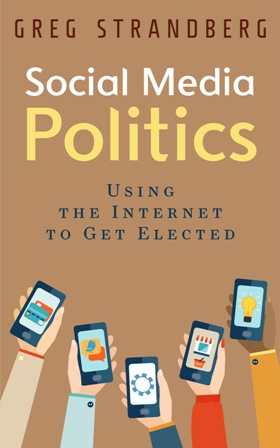














































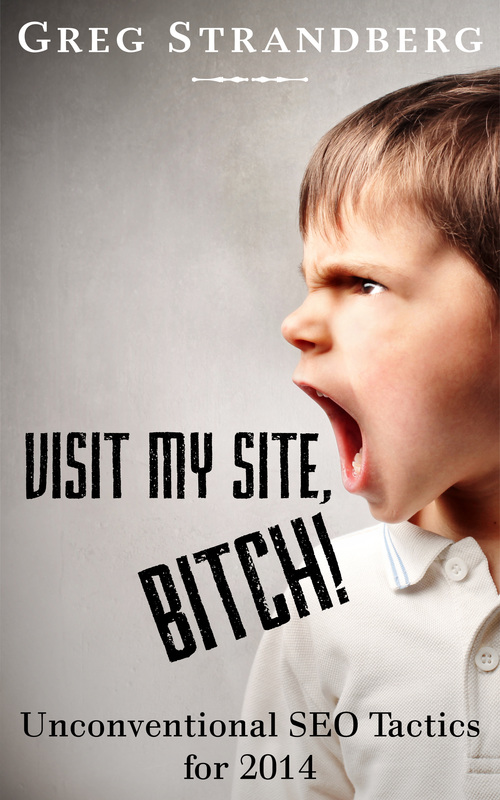
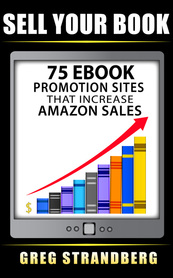
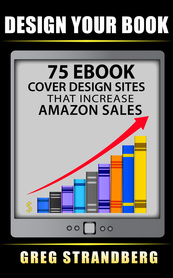
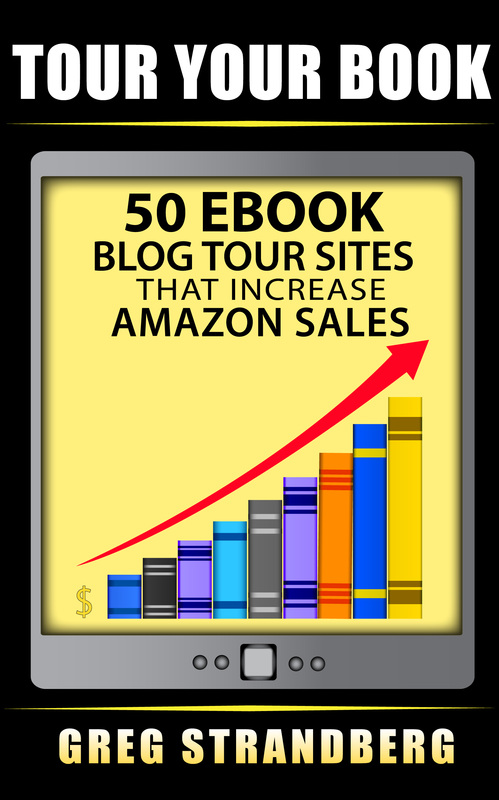






 RSS Feed
RSS Feed